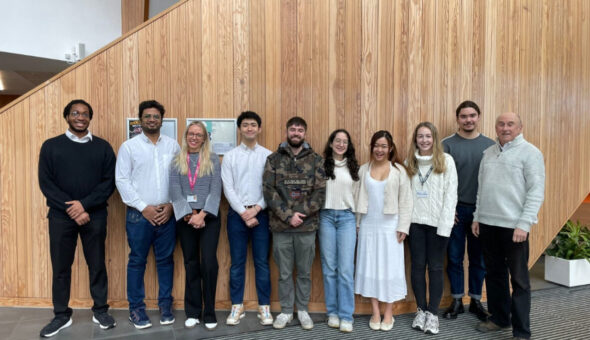ChatGPT came to global attention in December 2022, having being launched in November by OpenAI - a research laboratory based in San Francisco (USA). OpenAI has a general mission to build safe Artificial General Intelligence (AGI), by which it means autonomous systems which 'outperform humans at most economically valuable work— [and] benefits all of humanity.'
The news is ablaze with stories ranging from ChatGPT heralding an existential threat to academic integrity, to the future world of work (where white-collar workers will be replaced by AI overlords), that or the rise of The Terminator. It has even provided relationship advice, and in one example, was used with another tool to create a virtual AI wife. So what is it: is ChatGPT to be welcomed with open arms, or feared as the enemy at our door - perhaps quite literally if you have a Ring doorbell?
We set out below a general introduction to the tool (including a basic guide to Artificial Intelligence, and some of ChatGPT's main limitations).
What is ChatGPT?
In the words of ChatGPT, ChatGPT is a large language model developed by OpenAI. It is trained on a massive amount of text data and is designed to generate human-like text. As a large language model (LLM), ChatGPT has a number of capabilities that allow it to understand and respond to human language in a natural and conversational way. These capabilities include:
- Natural Language Understanding (NLU): ChatGPT can understand the meaning behind human language inputs and extract important information from them.
- Language Generation: it can generate human-like text in response to given prompts.
- Text Completion: it can complete text prompts by generating text based on the given context.
- Language Translation: it can translate text from one language to another.
- Text Summarization: it can generate a summary of a given text document.
- Text Classification: it can classify text into predefined categories.
- Text generation: it can generate text that is coherent, grammatically correct and semantically similar to the input text or prompt.
- Dialogue systems: it can be integrated into conversational systems, like chatbots or virtual assistants, to provide natural and human-like interactions.
Respond



